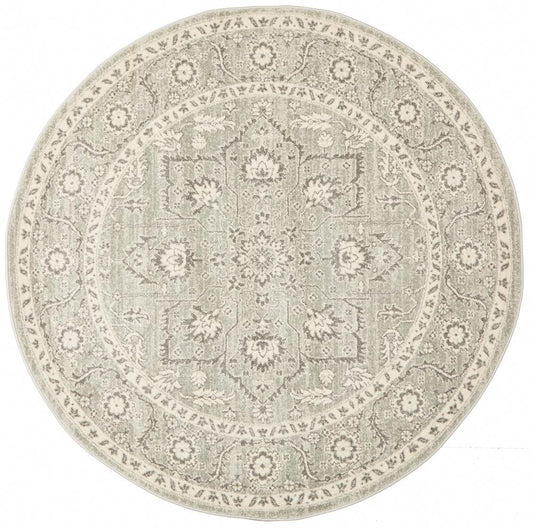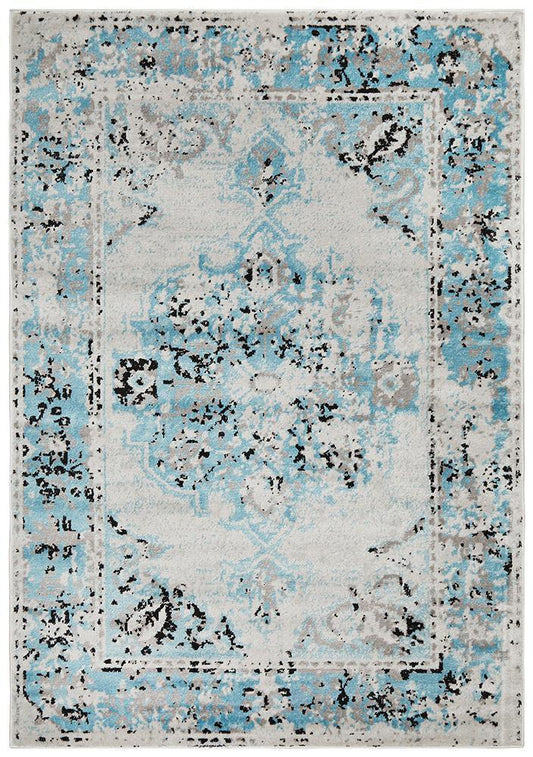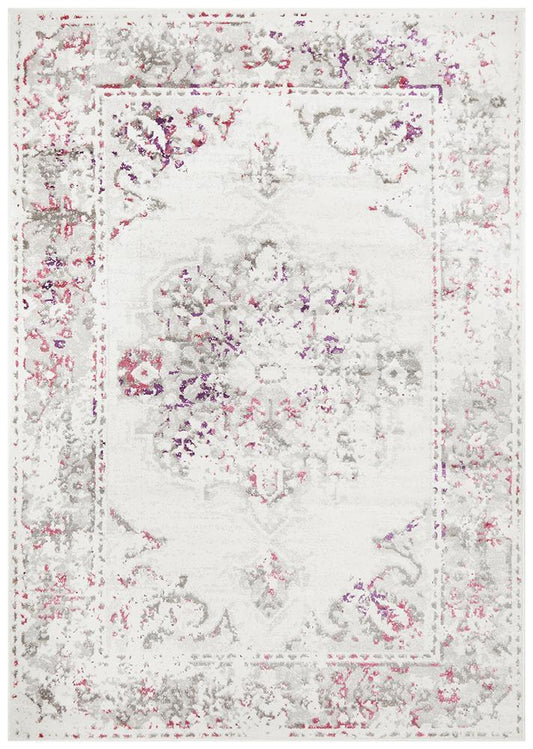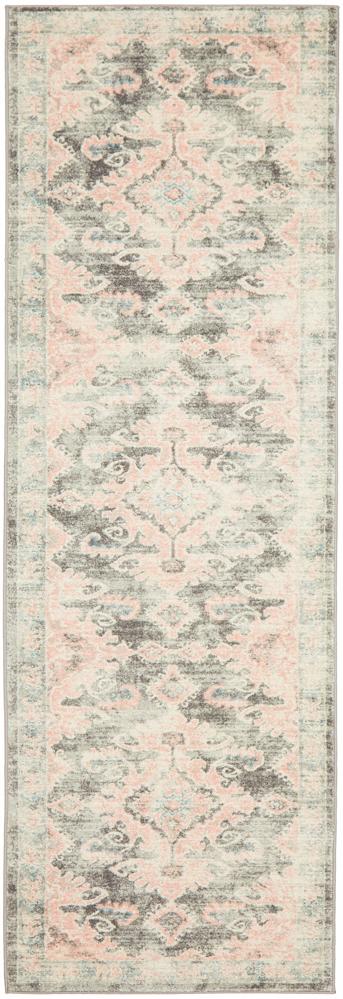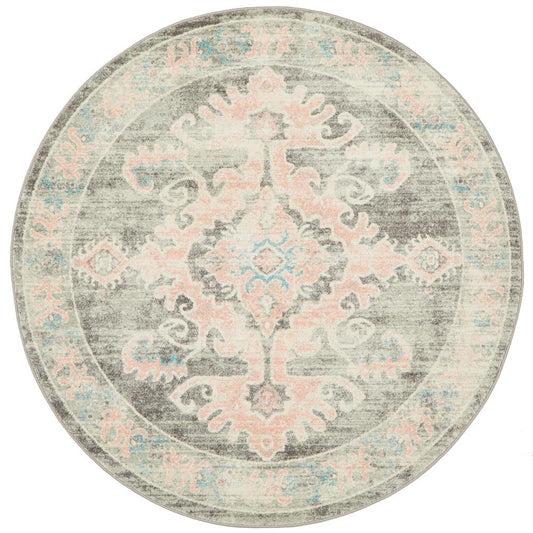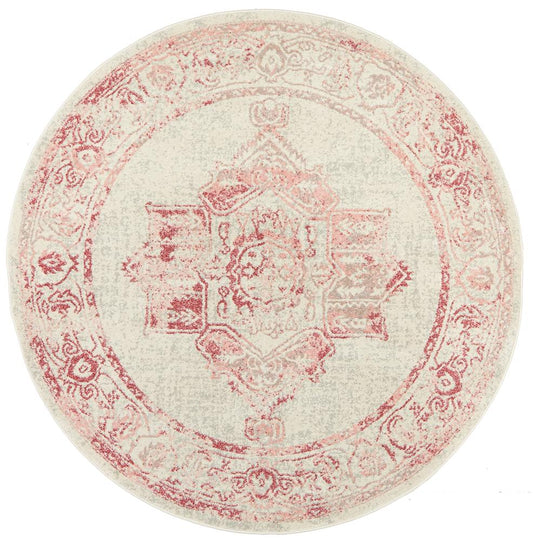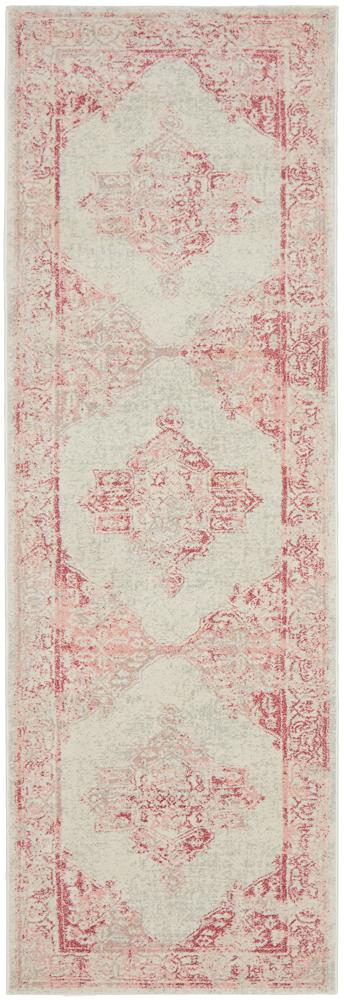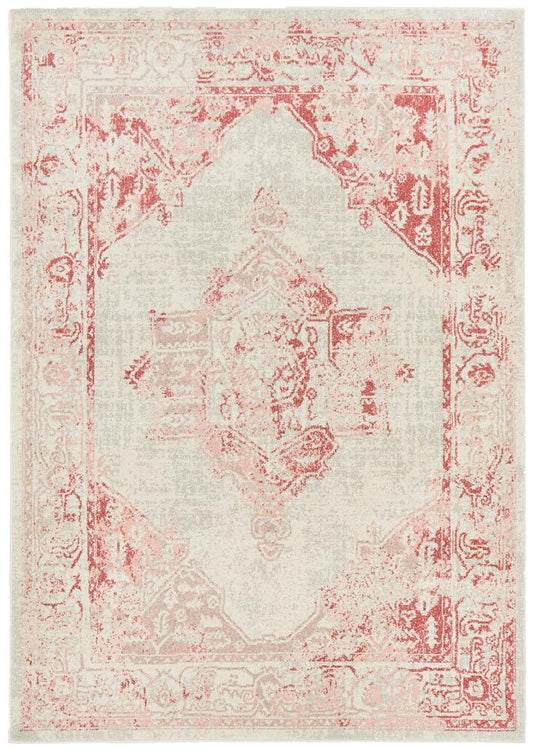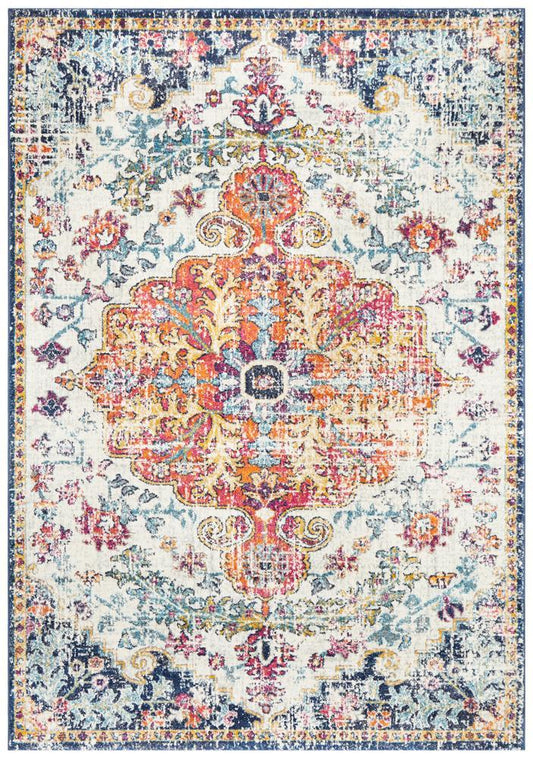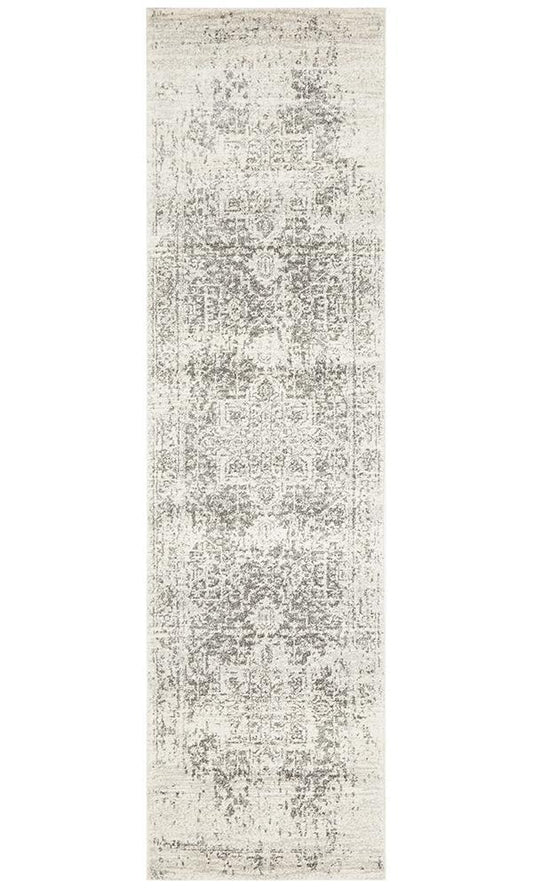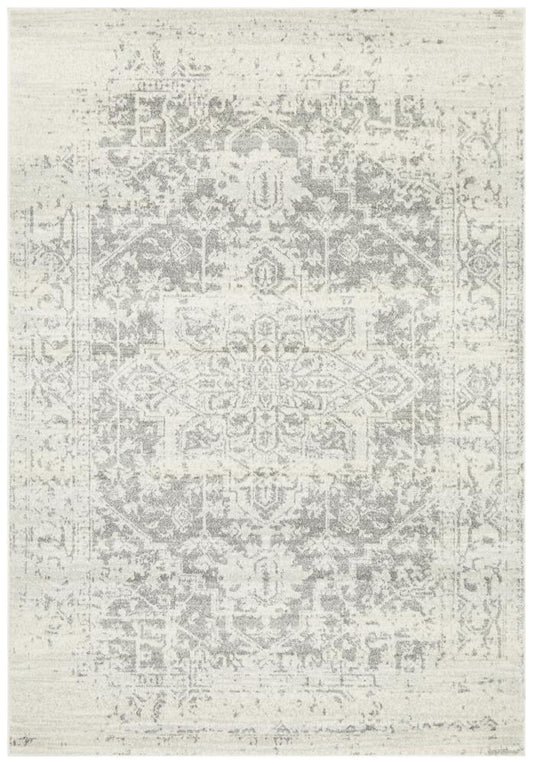Traditional Rugs: Unveiling the Timeless Beauty
Step into a world of elegance and craftsmanship as we unveil the timeless beauty of traditional rugs. These remarkable pieces of art not only adorn floors but also carry a rich history and cultural significance. From intricate patterns to vibrant colors, traditional rugs have the power to transform any space into a showcase of beauty.
Each traditional rug tells a unique story, reflecting the rich traditions and heritage of the region it hails from. They are a testament to the skilled hands that have carefully woven them over centuries.
Different Types and Styles of Traditional Rugs
Traditional rugs come in a wide variety of types and styles, each influenced by the region and culture from which it originates.
Traditional styles, known for their intricate floral motifs and rich colors, are a staple in traditional rug making.
On the other hand, Moroccan rugs are characterized by their bold geometric designs and vibrant hues. These rugs reflect the nomadic lifestyle of the Berber tribes and showcase a unique blend of tribal artistry and contemporary aesthetics. Moroccan rugs add a touch of bohemian flair to any space, infusing it with warmth and character.
Materials Used in Traditional Rug Making
The materials used in traditional rug making play a crucial role in determining the quality and longevity of the rug. Natural fibers such as wool, silk, and cotton are commonly used in traditional rug weaving, each offering unique characteristics that contribute to the rug's overall look and feel. Wool, being a durable and resilient fiber, is a popular choice for traditional rugs due to its ability to retain color and shape over time.
Silk, on the other hand, is prized for its luxurious sheen and soft texture, making it ideal for creating intricate designs and patterns. Silk rugs are often considered works of art due to their exquisite craftsmanship and fine detailing. Cotton is another commonly used material in traditional rug making, valued for its softness and versatility in creating flat-woven rugs.
In addition to natural fibers, traditional rugs may also incorporate materials like jute and sisal for added texture and durability. These natural fibers lend a rustic charm to the rugs and are often used in flat-weave or kilim rugs. The choice of materials in traditional rug making is a reflection of the artisan's expertise and the cultural heritage of the region where the rug is crafted.
Traditional Rug Weaving Techniques
Traditional rug weaving techniques vary across different regions and cultures, each contributing to the unique characteristics of the rugs produced. Hand-knotting, also known as hand-tufting, is a common technique used in traditional rug making, where skilled artisans tie individual knots to create intricate patterns and designs. This labor-intensive process results in rugs of exceptional quality and detail.
Flat-weaving is another popular technique used in traditional rug making, where the weft and warp threads are woven together to create a flat surface without knots. This technique is commonly used in creating kilim rugs, which are known for their geometric patterns and vibrant colors. Flat-woven rugs are lightweight and versatile, making them ideal for both floor coverings and wall hangings.
How to Care for Traditional Rugs
Proper care and maintenance are essential to preserving the beauty and longevity of traditional rugs. Regular vacuuming is key to keeping dust and debris from settling into the rug fibers, preventing premature wear and tear. It is recommended to use a vacuum cleaner with a brush attachment to gently clean the rug without causing damage.
In addition to vacuuming, rotating the rug periodically helps distribute foot traffic and sunlight exposure evenly, preventing uneven wear and fading. Avoid placing heavy furniture on the rug for extended periods, as this can compress the fibers and cause permanent indentations. Using rug pads underneath the rug provides cushioning and prevents slipping, extending the life of the rug.
For spills and stains, it is important to act quickly to prevent them from setting into the rug fibers. Blot the spill with a clean, white cloth to absorb as much liquid as possible, avoiding rubbing which can spread the stain. For stubborn stains, consult a professional rug cleaner to ensure proper treatment without damaging the rug. With proper care and maintenance, traditional rugs can be enjoyed for generations to come.
Traditional Rugs in Interior Design
Traditional rugs play a vital role in interior design, serving as focal points that anchor the space and define the overall aesthetic. The intricate patterns and vibrant colors of traditional rugs add depth and character to any room, transforming it into a luxurious retreat. These rugs can be used to create visual interest, delineate different areas within a room, or add a pop of color to a neutral palette.
One of the key advantages of traditional rugs in interior design is their versatility. Whether placed in a traditional, eclectic, or modern setting, traditional rugs seamlessly blend with various decor styles, enhancing the ambiance of the space.
Moreover, traditional rugs are not limited to floor coverings but can also be used as wall hangings, table runners, or upholstery fabric to add texture and visual interest to the decor. Layering traditional rugs with other textiles and furnishings creates a cozy and inviting atmosphere, making the room feel complete and harmonious. The timeless appeal of traditional rugs in interior design makes them a versatile and enduring choice for homeowners.



